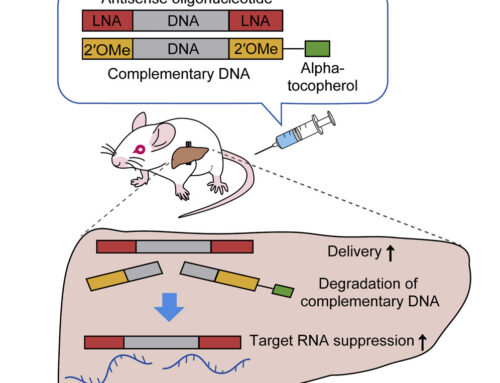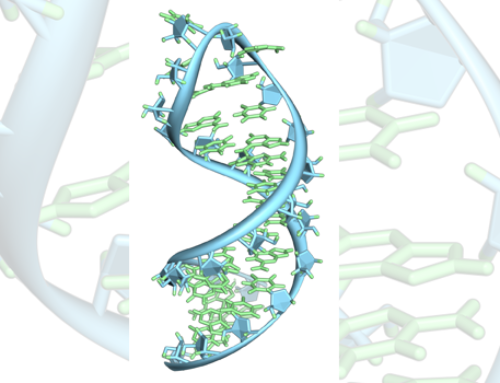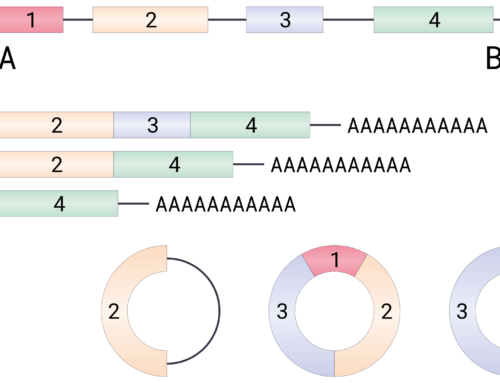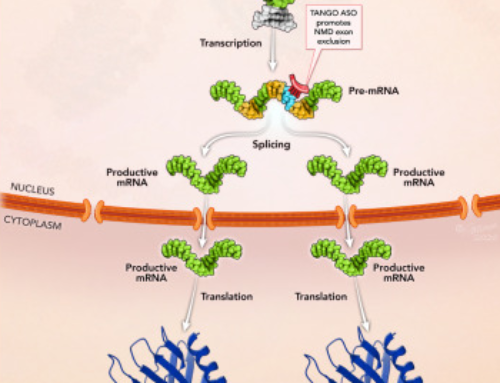

Gene activation of CEBPA using saRNA: preclinical studies of the first in human saRNA drug candidate for liver cancer
Reebye V, Huang KW, Lin V, Jarvis S, Cutilas P, Dorman S, Ciriello S, Andrikakou P, Voutila J, Saetrom P, Mintz PJ, Reccia I, Rossi JJ, Huber H, Habib R, Kostomitsopoulos N, Blakey DC, Habib NA.
Oncogene. 2018 Jun;37(24):3216-3228
Small activating RNAs (saRNA) are the newest oligonucleotide therapeutic modality and have so far remained relatively unknown conpared to siRNA. However, this is about to change as the first clinical trial of a saRNA therapeutic (MTL-CEBPA; NCT02716012) is set to finish by the end of this year; recently reported preliminary results are promising.
As the name suggests, saRNAs are small double-stranded oligonucleotides that activate gene expression, though the mechanism of how this is achieved is still being discussed. See the previous OTS Perspective and this video for more information:
In this paper, Reebye and colleagues report on preclinical studies of MTL-CEBPA, a saRNA targeting the CEBPA (CCAAT/enhancer-binding protein alpha) gene formulated in liposomal nanoparticles (Smarticles originally developed by Marina Biotech). Downregulation of CEBPA, a master transcriptional factor in the liver, has been associated with many liver diseases including fibrosis, cirrhosis and increased hepatocellular carcinoma (HCC) incidence.
Here, Reebye at al. show that MTL-CEBPA treatment upregulates CEBPA expression in mouse, rat and human liver cell lines as well as human primary hepatocytes around 2-fold with concomitant increases in downstream CEBPA targets. MTL-CEBPA also increased CEBPA expression along with reducing tumour volume and markers of liver damage in the liver of DEN induced cirrhotic HCC rats. In rats exposed to the hepatotoxin carbon-tetrachloride (CCl4), a liver fibrosis model, MTL-CEBPA again led to increased target gene expression. Measures of liver damage such as fibrosis, lipid accumulation, ALT, AST, bilirubin and ammonia were all reduced because of treatment. Bi-weekly injections of MTL-CEBPA between week 8 and 22 in chronically CCl4-treated rats increased survival at 36 weeks significantly (0/9 in control group vs. 6/9 in MTL-CEBPA group). Severity of ascites and levels of ALT, AST, ammonia, total bilirubin, GGT and ALP were all reduced, while albumin and total protein levels remained elevated. In a methionine and choline-deficient diet (MCD) induced non-alcoholic steatohepatitis (NASH) mouse model, MTL-CEBPA resulted in significant decreases in levels of ALT, AST, lipid deposits and triglyceride as well as macrophage infiltration and myofibroblasts activation at all concentrations (0.3-3mg/kg of encapsulated saRNA).
Why you should read it
With the wide applicability (HCC, liver failure and NASH) demonstrated here, MTL-CEBPA could be a breakthrough drug for liver disease.






